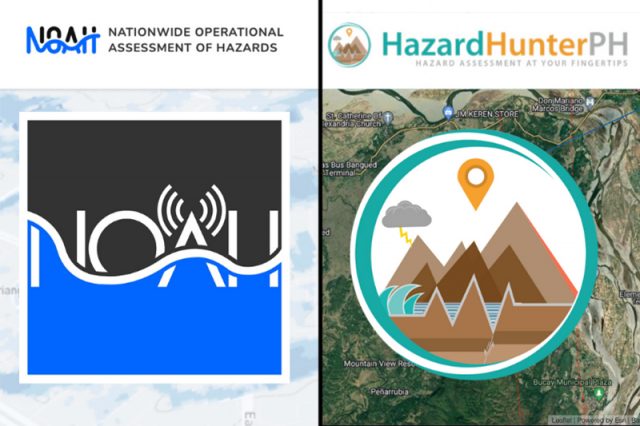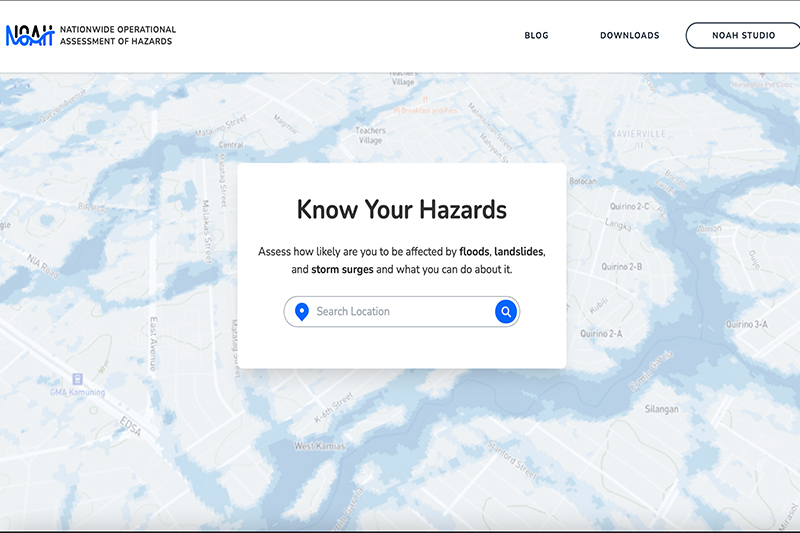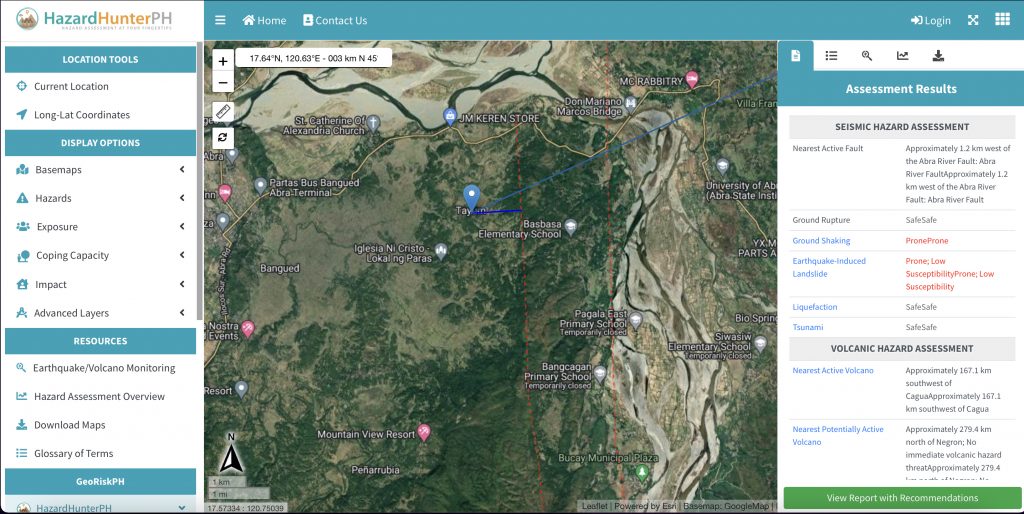
After a magnitude 7.0 earthquake jolted parts of Northern Luzon on Wednesday, some Filipinos raised awareness on Project NOAH, a disaster prevention and mitigation program that aims to warn communities of potential hazards brought about by natural disasters.
“We need the presence of Project NOAH. The Philippines has a high vulnerability to natural hazards; thus, geohazard assessments specific to the conditions in one’s area are crucial for risk management,” User @aaronaxoe said in a tweet, attaching screenshots of HazardHunterPH and Project NOAH, now UP NOAH, websites.
Project NOAH (Nationwide Operational Assessment of Hazard) was a program initially established under the Department of Science and Technology (DOST) in 2012, during the late president Benigno “Noynoy” Aquino III’s administration.
The initial goal of the project was to help increase awareness of disaster risks and warn communities ahead of time so they can prepare and evacuate high-risk areas.
This flagship program spearheaded about 20 science-based research and development projects on disasters including multi-hazard maps beneficial in determining which hazards would hit specific areas at particular times; an impact assessment tool where users can estimate the number of people or establishments that may be hit by a natural disaster; a tool where users can visually see their community’s vulnerability to disasters; and an interactive map that is capable of locating areas where earthquakes happened including its history of recorded tremors.
Using NOAH’s research-based projects, local government units can better prepare and plan for the needs of their communities even before calamity strikes.
In 2017, however, the national government under former president Rodrigo Duterte defunded Project NOAH due to a lack of funding to support its projects.
“NOAH was Ph’s flagship risk reduction mgt program, but since its termination, we can’t get area-focused and time-bound warnings. UP adapted NOAH, but still, ‘it’s different if you’re part of a system that is official,’ said Dr. Mahar Lagmay. We need to prioritize risk reduction!” the same Twitter user added.
Also expressing his dismay, another user replied to the original tweet:
“Unfortunately it has been defunded. Dapat ibalik ang government funding especially on this Project Noah and Hazard Hunter. I usually used that,” it reads.
RELATED: Gov’t shuts down Project NOAH | Philstar.com
Projects on natural hazards
Aside from government-funded Project NOAH, there are ongoing projects that implement disaster risk reduction management, especially in vulnerable areas.
In March 2017, NOAH was adopted by the University of the Philippines through the UP Executive Order PDLC 17-03. Now UP NOAH, the project became an attached agency of the UP System’s Office of the President.
The UP Resilience Institute currently manages UP NOAH Center as its core component. Its website now features new improvements such as a disaster response hub which provides users with updates and assessments on the natural hazards in different locations in the country.

RELATED: UP NOAH finally launches new website with hazard assessments of Philippine areas
Similarly, the Philippine Institute of Volcanology and Seismology (Phivolcs) launched HazardHunterPH in 2019, a search tool that will help communities prepare for earthquakes, volcanic eruptions and hydro-meteorological hazards.

This website can easily generate multi-hazard assessments and comprehensive summary reports including the active faults and the possibility of liquefaction, flooding, landslides, tsunami and storm surges in a specific location.
It also provides detailed recommendations from Phivolcs, Mines and Geosciences Bureau of the Department of Environment and Natural Resources and the Philippine Atmospheric, Geophysical and Astronomical Services Administration on what to do in the event of these hazards.
RELATED: Phivolcs develops online app on natural hazards | Philstar.com
HazardHunterPH is a product of GeoRisk Philippines, a multi-agency initiative that provides accurate information and risk assessment of natural hazards led by PHIVOLCS and funded by DOST.









